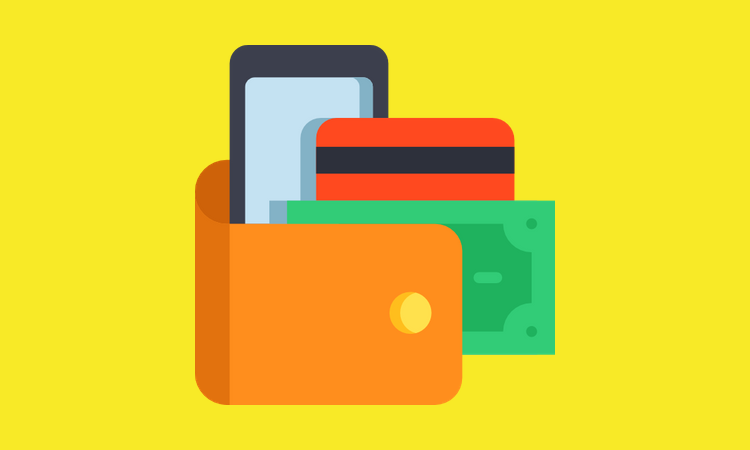Member Exclusive
Research: Changing consumer preferences are driving evolving SMB payment offerings
- SMBs have a challenge to stay on top of new ecommerce and payment trends.
- The good news is that consumers are open to transacting with SMBs if their needs are met.








